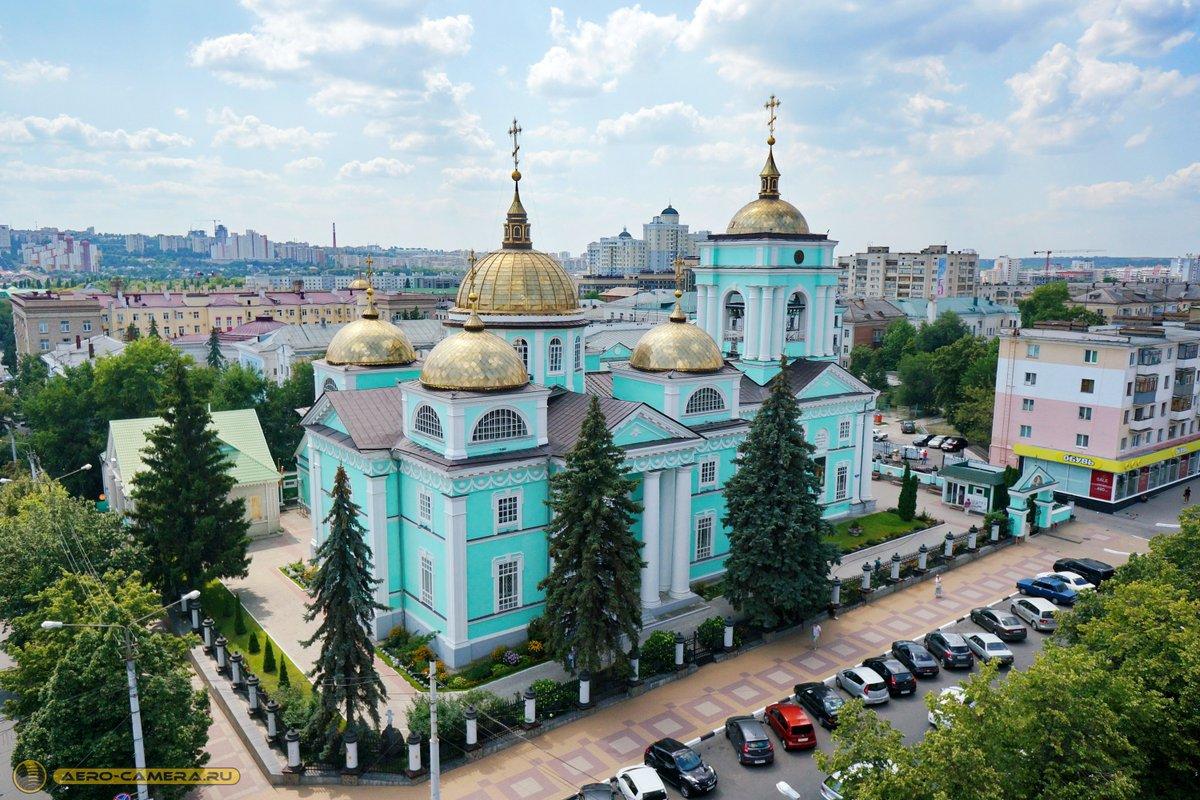Saint Joasaph (Gorlenko) died on December 10, 1754, on his way from Priluki, where he had visited his parents, to Belgorod. Leaving the Belgorod flock, he predicted that he would not see them again in his lifetime. According to Isaiah, the hegumen of the monastery in Grayvoron, the saint told him about his death in a vision: he pointed to the rising sun and said that it was just as “bright… that he appeared at that hour to the throne of God.”
After the funeral liturgy in Grayvoron, the body was sent to Belgorod for burial. The synod entrusted the ceremony to the Bishop of Pereyaslav and Borisopol Ioann Kozlovich, but the latter was delayed by the flood of the rivers. For more than two months, the coffin with the relics of Archbishop Joasaph remained open, and the body was not subjected to decay.
Only in February 1755 was the coffin placed in a crypt in the southwestern part of the Holy Trinity Church. Two years later, the clergy opened the burial and found, despite the dampness, the body and clothes incorrupt. Upon learning of this, the sick rushed to the crypt, and many, according to their faith, were healed.
Since 1815, petitions for the canonization of the late bishop began to come to the Holy Synod.
In 1910, thanks to the efforts of Bishop Pitirim of Kursk (who had submitted a number of petitions from the clergy and lay people, and then headed the commission for the examination of the relics), the petition was satisfied.
The celebration of the glorification of the saint took place at the beginning of September 1911. The ceremony was attended by members of the imperial family, representatives of the nobility, scientific and creative intellectuals, deputies of the State Duma, and the clerical hierarchy.
The gilded silver reliquary for the relics of the newly glorified saint was designed by Vladimir Alexandrovich Pokrovsky at the expense of the monastery and donations from parishioners. It has not survived to this day.
In 1920, a decree “On the liquidation of relics” was issued. The relics of the holy archbishop were opened and secretly, without the consent of the bishop, taken out of Belgorod and displayed in the Moscow Museum of the People’s Commissariat of Agriculture and the Leningrad Museum of the History of Religion and Atheism as a “mummified” exhibit.
In 1970, members of the museum staff Arkady Vasilyevich Sokolov and Vladimir Ivanovich Prudnikov managed to hide the relics in the attic of the Museum of Atheism (Kazan Cathedral).
It was not until 1991 that their secret was revealed: the relics were removed and returned to Belgorod.
After the funeral liturgy in Grayvoron, the body was sent to Belgorod for burial. The synod entrusted the ceremony to the Bishop of Pereyaslav and Borisopol Ioann Kozlovich, but the latter was delayed by the flood of the rivers. For more than two months, the coffin with the relics of Archbishop Joasaph remained open, and the body was not subjected to decay.
Only in February 1755 was the coffin placed in a crypt in the southwestern part of the Holy Trinity Church. Two years later, the clergy opened the burial and found, despite the dampness, the body and clothes incorrupt. Upon learning of this, the sick rushed to the crypt, and many, according to their faith, were healed.
Since 1815, petitions for the canonization of the late bishop began to come to the Holy Synod.
In 1910, thanks to the efforts of Bishop Pitirim of Kursk (who had submitted a number of petitions from the clergy and lay people, and then headed the commission for the examination of the relics), the petition was satisfied.
The celebration of the glorification of the saint took place at the beginning of September 1911. The ceremony was attended by members of the imperial family, representatives of the nobility, scientific and creative intellectuals, deputies of the State Duma, and the clerical hierarchy.
The gilded silver reliquary for the relics of the newly glorified saint was designed by Vladimir Alexandrovich Pokrovsky at the expense of the monastery and donations from parishioners. It has not survived to this day.
In 1920, a decree “On the liquidation of relics” was issued. The relics of the holy archbishop were opened and secretly, without the consent of the bishop, taken out of Belgorod and displayed in the Moscow Museum of the People’s Commissariat of Agriculture and the Leningrad Museum of the History of Religion and Atheism as a “mummified” exhibit.
In 1970, members of the museum staff Arkady Vasilyevich Sokolov and Vladimir Ivanovich Prudnikov managed to hide the relics in the attic of the Museum of Atheism (Kazan Cathedral).
It was not until 1991 that their secret was revealed: the relics were removed and returned to Belgorod.





